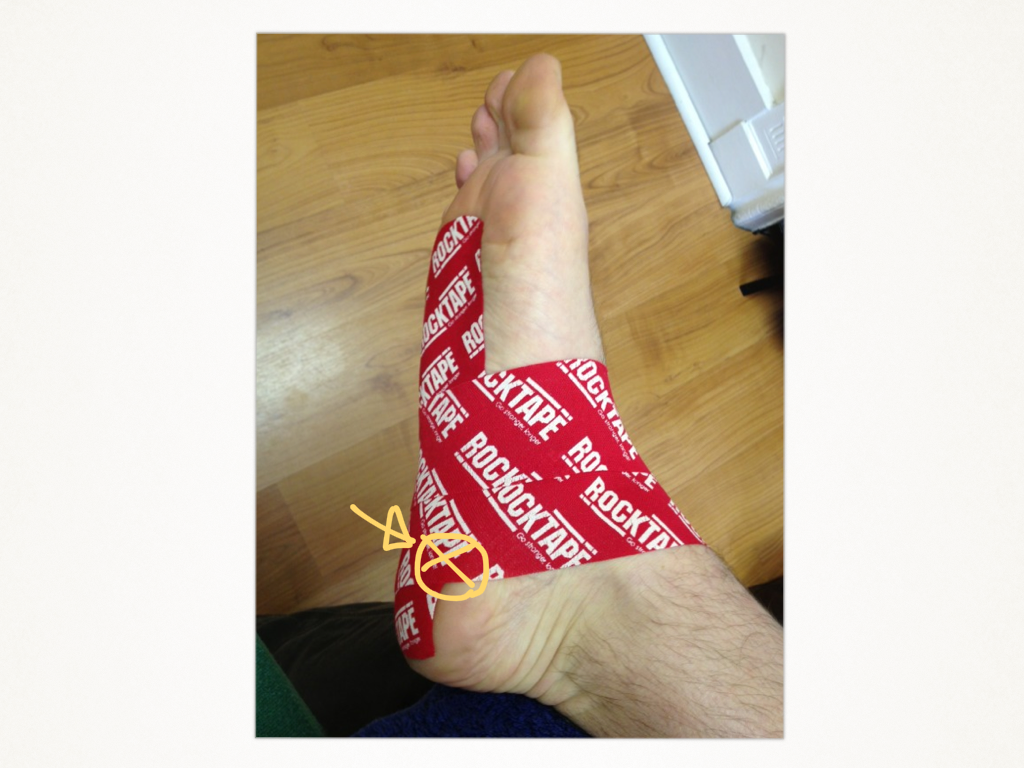

Application of ice to the area for 10 to 15 minutes after exercise, or after any activity that aggravates the area will help decrease pain and inflammation. In addition, the big toe may be bound with strapping tape to immobilize the joint as much as possible and allow for healing to occur. This can be done with a shoe modification, or a metatarsal pad under the ball of the foot which will redistribute the pressure when weight bearing. Pressure needs to be removed from the big toe joint. Like any sort of inflammation, rest initially is always important.

Treatment for Sesamoiditis is almost always non-invasive. Footwear – the higher the heel of a shoe, the higher the pressure on the balls of the feet.If you have a high arched foot you will naturally have increased pressure in the ball of.Fat pad atrophy – which is where you don’t have much natural padding in your forefoot leading to high pressure – this is quite common as you age.Dancing, hill work, increased running mileage and sprinting.Increased activity which puts high pressure through your forefoot.And pain will be experienced when pressure is put onto the balls of the feet, or when the big toe is in a pulled back position. In most cases there is little or no bruising or redness. The pain usually begins as a mild ache and increases gradually as the aggravating activity is continued. Symptoms typically sesamoiditis will present with gradual onset, which is how it can differentiate from a sesamoid bone fracture (a fracture will hurt immediately).

If you’re doing activities that involve high forces through this joint, like sprinting or dancing, there is a high chance that at some stage you will experience irritation or inflammation at the tendons which involve the sesamoid bones. Every time you push off against the toe the sesamoids are involved. The term is a general description for any irritation of the sesamoid bones, which are tiny bones within the tendons that run to the big toe. Sesamoiditis is pain that occurs underneath your big toe joint.


 0 kommentar(er)
0 kommentar(er)
